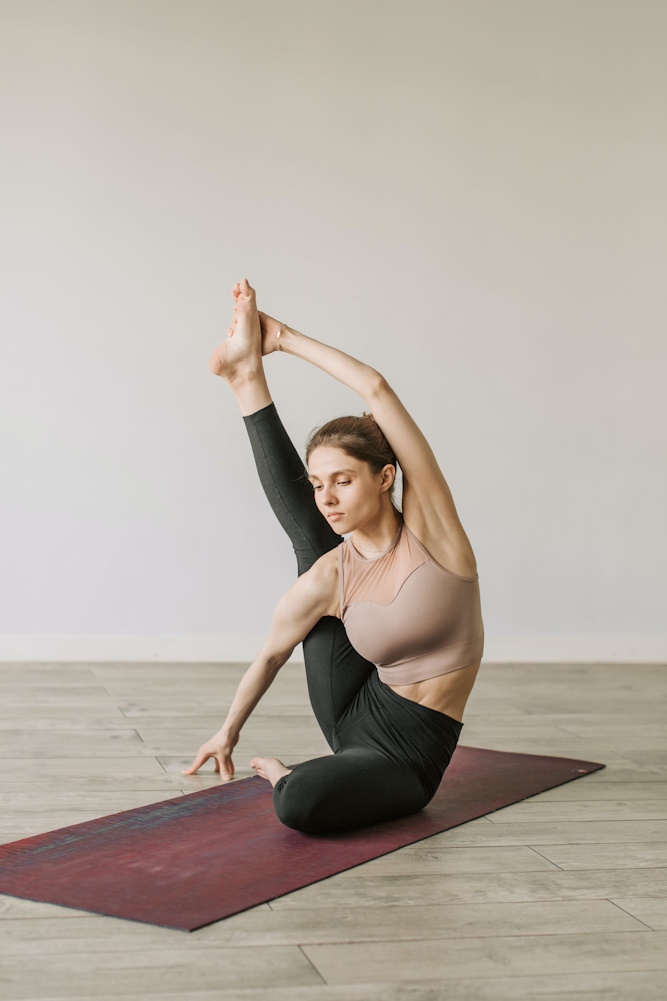Starting a Pilates challenge is an excellent way to improve your strength, flexibility, and overall well-being. However, as you embark on this journey, it’s important to have a plan for tracking your progress. In this comprehensive guide, we’ll explore various methods to monitor your advancement, from assessing your physical changes to evaluating your overall performance.
How do you progress in Pilates?
Progress in Pilates involves a combination of factors, including increased strength, flexibility, and improved technique. Here are some strategies to help you progress effectively:
1. Consistency: Regular practice is key to improvement. Aim to maintain a consistent Pilates routine, whether it’s several times a week or daily, to build on your skills.
2. Proper Form: Focus on mastering the correct form and alignment for each exercise. Pilates is about quality over quantity.
3. Gradual Intensity: As you become more comfortable with basic exercises, progressively challenge yourself with more advanced movements and variations.
4. Variety: Include a variety of Pilates exercises to target different muscle groups and movement patterns. This prevents plateaus and keeps your practice engaging.
5. Individualized Approach: Consider working with a certified Pilates instructor who can tailor exercises to your specific needs and goals.
6. Mind-Body Connection: Enhance your mind-body connection by focusing on your breath, awareness, and control during exercises. This helps refine your technique and increase the effectiveness of your practice.
How do I track my workout progress?
Tracking your Pilates progress is essential to stay motivated and gauge the effectiveness of your practice. Here’s how you can do it effectively:
1. Journaling: Keep a workout journal to record your exercises, sets, reps, and any notes about your performance. Include details about how you felt during and after the workout.
2. Photos and Measurements: Take “before” photos and measurements of your body to visually track physical changes. Compare these with new photos and measurements over time.
3. Performance Metrics: Track your performance by recording how many repetitions of each exercise you can complete and any modifications or progressions you’ve made.
4. Body Awareness: Pay attention to how your body feels during Pilates sessions. Notice changes in strength, flexibility, balance, and muscle engagement.
5. Goals and Objectives: Set specific, measurable, achievable, relevant, and time-bound (SMART) goals. Regularly assess your progress toward these goals.
6. Feedback from Professionals: If you work with a Pilates instructor, seek feedback on your form and progress. They can provide valuable insights and guidance.
How long does it take to see progress from Pilates?
The time it takes to see progress in Pilates can vary significantly from person to person. Several factors influence the rate of improvement, including your starting fitness level, the frequency and consistency of your practice, and your goals. Generally, some individuals may notice changes within a few weeks, while others may take several months to experience substantial progress.
It’s important to remember that Pilates is a holistic approach to fitness, focusing on building a strong foundation of core strength, flexibility, and body awareness. The benefits of Pilates often extend beyond physical changes, encompassing improved posture, reduced stress, and enhanced overall well-being.
How long should a Pilates session be to be effective?
The duration of a Pilates session depends on your goals and fitness level. For beginners, a 30 to 45-minute session can be effective in building strength and flexibility. More experienced practitioners may benefit from longer sessions lasting up to an hour or more.
It’s crucial to prioritize the quality of your Pilates practice over its duration. Even a short, focused session with proper form and technique can be highly effective. Consider your schedule and fitness goals when determining the length of your Pilates sessions.
In conclusion, tracking progress in your Pilates challenge is essential for staying motivated and ensuring that your efforts yield positive results. By following a consistent practice routine, maintaining proper form, monitoring your performance, and setting achievable goals, you can see significant progress in your Pilates journey. Remember that progress may vary among individuals, so be patient and enjoy the holistic benefits of this transformative practice.
